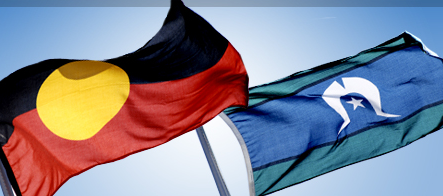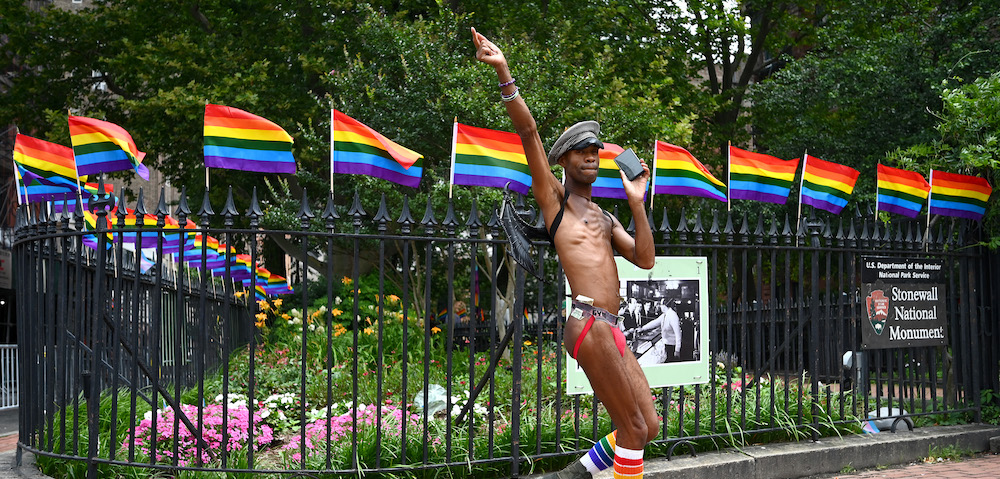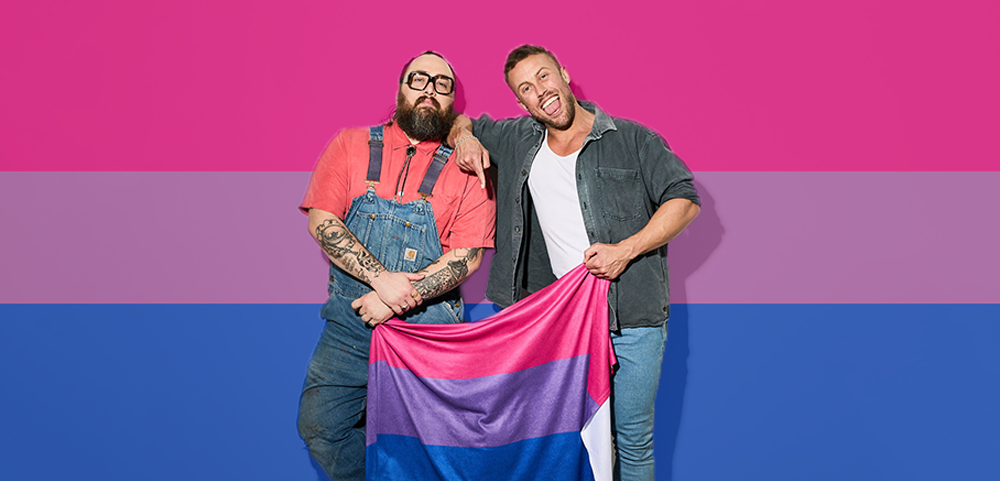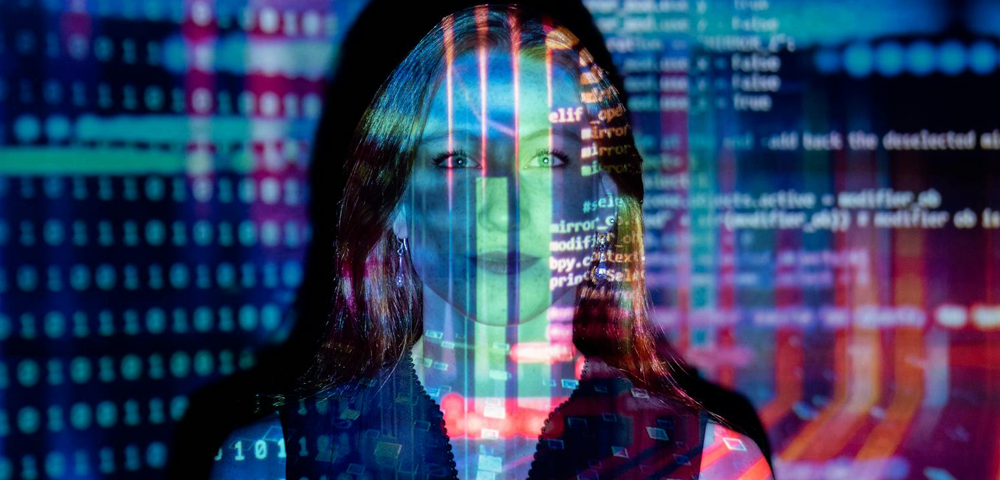

QUITE tragically, as you are reading these first few words there is a high probability somebody will attempt to end their life by suicide. There is even a higher probability that that somebody is part of the LGBTI community, particularly if they are at the point of self-realisation and disclosure. If that person is an Indigenous Australian, the probability amplifies yet again.
How do I know this? Because that’s what the evidence suggests. LGBTI people are said to have the highest rates of self-harm and suicide of any population in Australia. Same-sex attracted Australians are said to exhibit up to 14-times-higher rates of suicide attempts than their heterosexual peers. Yet, according to the Australian Bureau of Statistics, there were 996 suicides reported across Australia between 2001 and 2010 among Indigenous peoples. We are told that 1.6 per cent of all Australians die by suicide but for Indigenous peoples, this rate is more than 4.2 per cent, or one in every 24.
As mentioned, the evidence only suggests this because we are coalescing the data from two different groups and hypothesising the math. In other words we aren’t really sure.
However, when we aggregate the data for the Kimberley region and take one particular town during 2012, there were 40 young people who died by suicide. That’s nearly 100 times the national average. Now, I’m not suggesting that these young people were members of the LGBTI community. However, when the social determinants affecting Aboriginal people are seen as a causation of suicidality, the question does have to be asked, what is the amplified risk if they are LGBTI?
To explore what happens when the Indigenous and LGBTI world comes together, intersectionality theory is a way of understanding and uncovering any potential health inequalities. It is also a great way to highlight those previously unknown, caused by a kaleidoscope of social inequalities, whether it be race, gender, class, and/or sexuality.
For the LGBTI community, homophobia, either perceived or actual, is a precursor to one’s level of psychological distress. And if, as suggested, same-sex attracted Australians are up to 14 times more likely to attempt suicide than their heterosexual peers, then homophobia, transphobia, cisgenderism, biphobia, sexism, and hetereosexist behaviours play a big part in how well someone lives, and someone dying.
For Indigenous Australians, other factors are at play and overlaid. These include racism, social location, socioeconomic disparities and intergenerational trauma. The psychological distress caused by these determinants can lead to complex mental health and drug and alcohol issues, such as manifestations of violence toward oneself (self-harm) or others: domestic, family and lateral violence.
So I have raised and discussed the issues and attempted to converse about the tragedy of suicide in the least sensational or emotive way. So where to from here? I’d like to know, because I don’t have the answers. However, I do have some starting points. First, I’m going go start by sharing with you a quote. A quote that is often referred to as the Lila Watson quote: “If you have come here to help me, you are wasting our time. But if you have come because your liberation is bound up with mine, then let us work together.”
Participating with the view of being part of the liberation of Indigenous people is the single most overlooked and fundamental principle of genuinely inclusive work. Being part of the liberation is also knowing when you are required and a good indication of that is when you have been asked. Don’t let an over-zealous sense of entitlement to charity or benevolence be your motivation. Also pay attention to the research. Cultural continuity is a protective factor to suicide.
The great Writing Themselves In series, Growing Up Queer report and the current research by Dr Delaney Skerritt provides opportunity for us, as Indigenous researchers and members of the Indigenous LGBTI community, to come up with strengthening solutions. The time is ripe for those who are willing to come on this journey with us, to support us and share your resources with us. I personally believe that the issues facing the Indigenous LGBTI community, once identified and workshopped to discover actions to respond, can be added as an amendment or appendant to national strategies and health plans. Structures already exist for us to coexist within. And if the collaborative work is underpinned by liberation, an enhanced sense of reconciliation can truly happen within the LGBTI community.
Dameyon Bonson is an Indigenous researcher and consultant, mental health researcher and convenor of Black Rainbow Australia. Follow him on Twitter: @db_1974
You can also follow Black Rainbow on Twitter or like their Facebook page.
Support is available for anyone who may need it. Phone Qlife 1800 184 527, Lifeline 13 11 14 or beyondblue 1300 22 4636.
**This article first appeared in the August issue of the Star Observer. The September issue will hit the streets this Thursday (August 21) in Melbourne, Sydney, Brisbane, Adelaide and Canberra. Click here to find out where you can grab your free copy.








